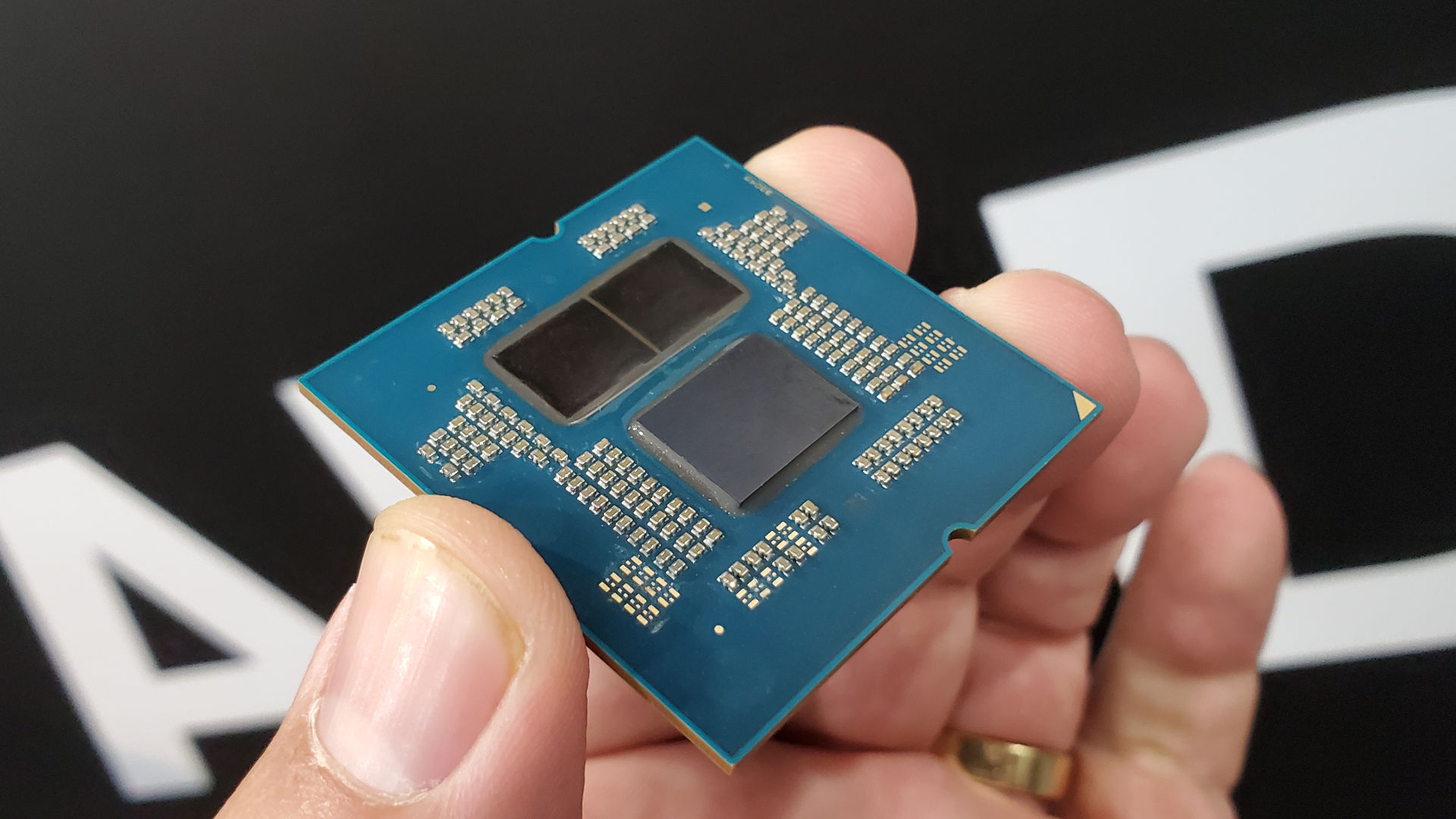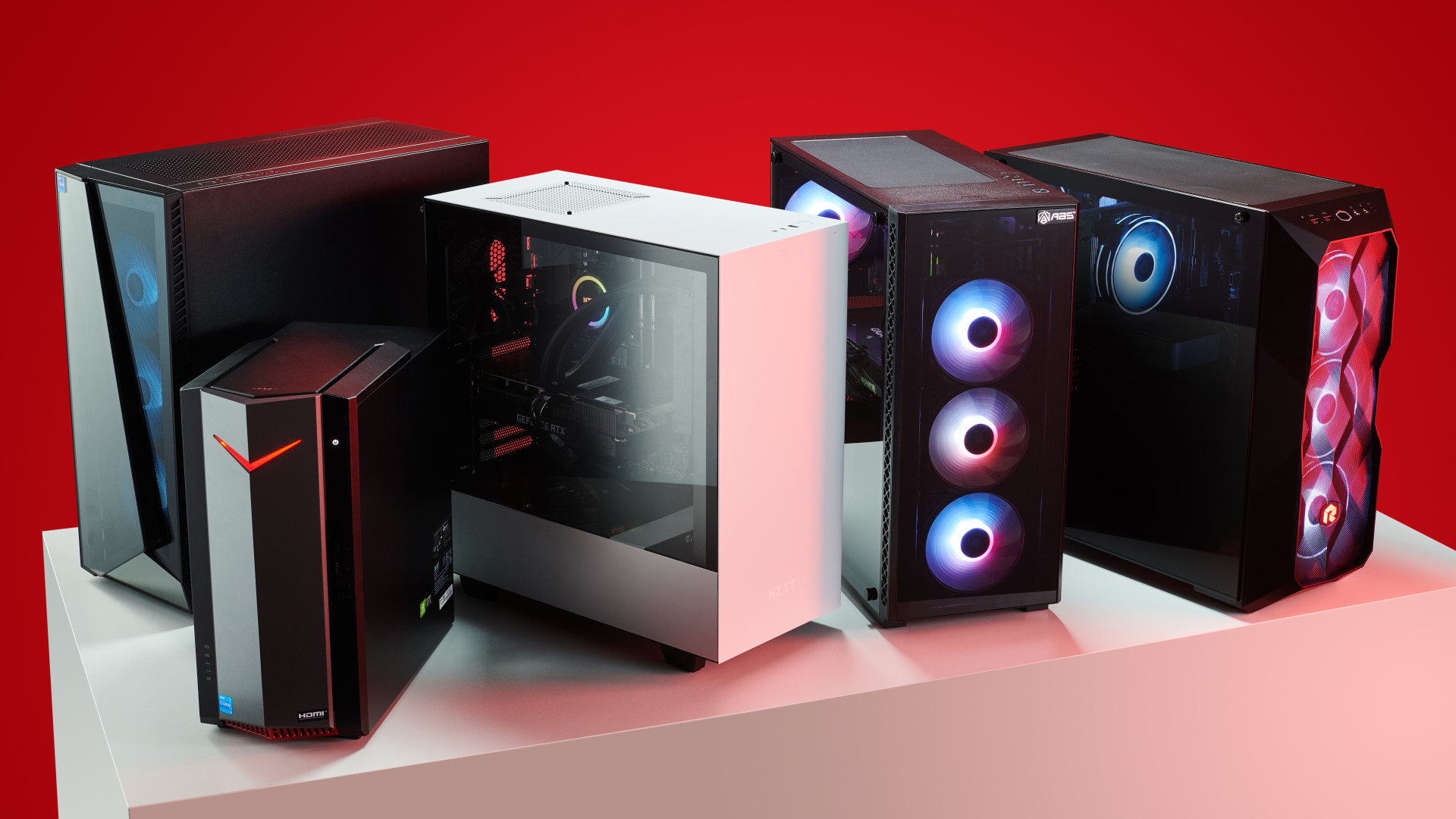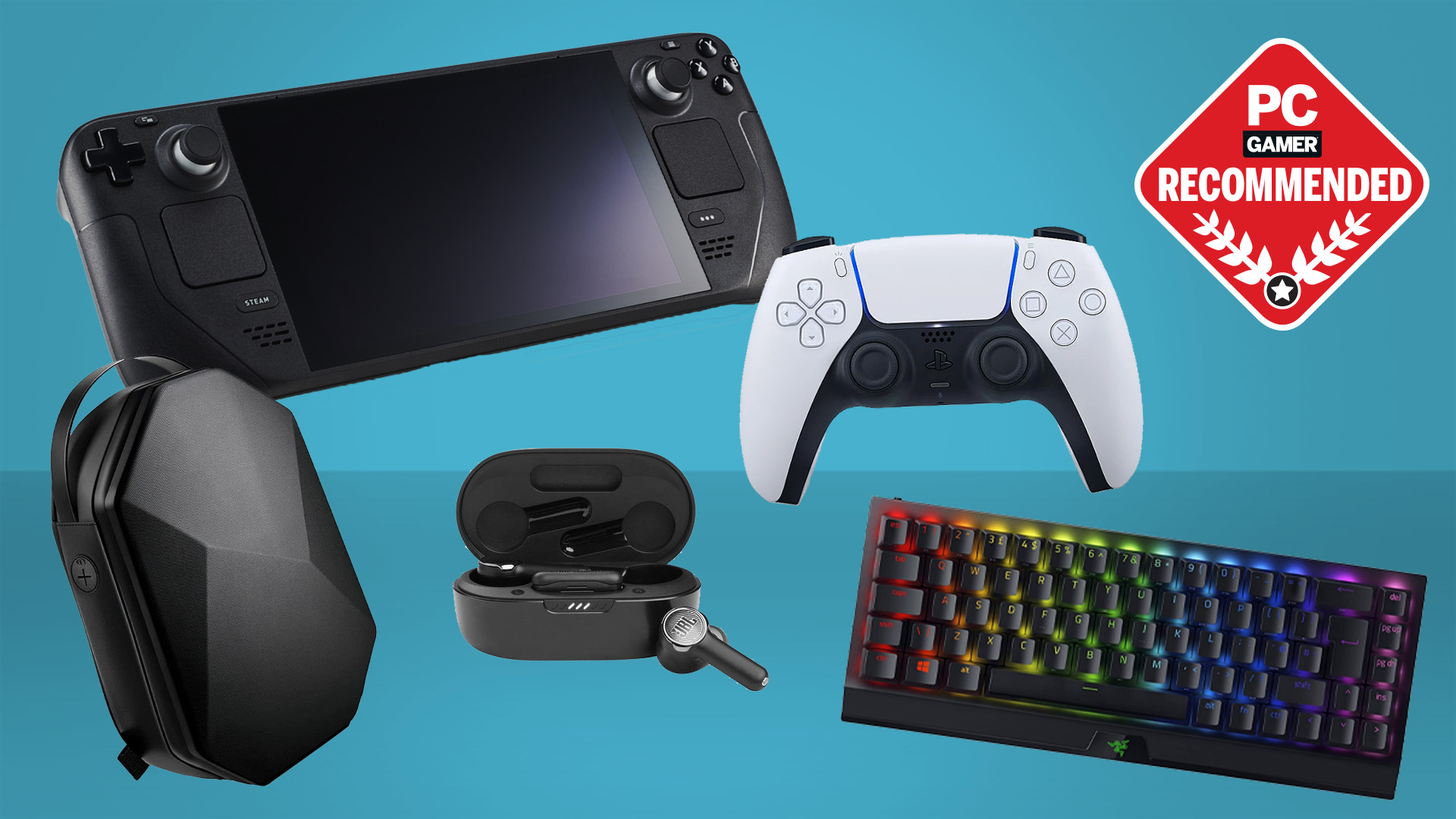One eager beaver PC builder has decided it can't wait any longer and has spilt the beans on AMD's Ryzen 9 9950X3D mega chip, two weeks before all the reviews
And the results are entirely unsurprising.

If you're someone who spends a lot of time gaming and using the same rig to grind through demanding content creation tasks, you might be holding off buying a PC upgrade until the reviews of AMD's forthcoming Ryzen 9 9950X3D go online. But if you're as impatient as one particular system builder, pretty much everything you need to know about how well the chip performs is now out in the wild.
The eager beaver in question is a Bulgarian company, PCBuild, which published some benchmark results for AMD's most powerful desktop CPU on Facebook before taking the post down. Fortunately, Videocardz managed to snag all the juicy details before it disappeared.
Ostensibly nothing more than a Zen 5 version of the Ryzen 9 7950X3D, the 9950X3D is a 16-core, 32-thread processor, split equally over two CCDs (Core Complex Dies). As with its predecessor, the new CPU has 64 MB for 3D V-Cache bonded underneath one of the CCDs, with the other one left as normal.
PCBuild posted a screenshot of the core clock speeds, while the chip was grinding through a Cinebench R23 benchmark, and one can see that the first eight cores hit a maximum of 5.4 GHz, whereas the other eight hit 5.7 GHz. That difference in speed is due to the presence of 3D V-Cache and we saw how the extra cache required the clocks to be reduced in the Ryzen 7 9800X3D.
The Ryzen 7 9700X has a maximum clock speed of 5.5 GHz, whereas the 9800X3D is 300 MHz slower at 5.2 GHz. It looks like AMD has used the same clock reduction for the 9950X3D because the 9950X, on which it is based, has a maximum clock speed of 5.7 GHz for both chiplets.
As for the results themselves, PCBuild posted a single core score of 2,279 and a multi-core score of 42,413 in Cinebench R23, which is there or thereabouts the same as a Ryzen 9 9950X.
The reason why they're so similar is because in cases where every core is loaded to the hilt, the clock speeds drop right down, and PCBuild had shown figures suggesting the chip ran at an all-core speed of 4.9 GHz during the benchmark.
The biggest gaming news, reviews and hardware deals
Keep up to date with the most important stories and the best deals, as picked by the PC Gamer team.
One thing that's still unknown at this stage is how well Windows and AMD's drivers ensure that all of a game's critical threads are being handled by the chiplet with the 3D V-Cache.
This was a bit of an issue at times with the Ryzen 7950X3D but the situation is a lot better now than it was when the processor first launched. Back then you needed to install everything just so and in a very specific order and have every setting in Windows just right for it to all work. And even then, it would sometimes spit the dummy out, forcing one to use Process Lasso to force threads onto the V-Cached chiplet.

Best gaming PC: The top pre-built machines.
Best gaming laptop: Great devices for mobile gaming.
Hopefully, we won't see a repetition of this with the 9950X3D but I wouldn't be surprised if things didn't go completely to plan. For example, from the very beginning with the Zen 5 dual-CCD processors, AMD said that the best gaming performance is achieved by using the Balanced power profile in the old Control Panel in Windows, followed by using Balanced or Best Performance in Windows settings.
However, I found that games ran better when both profiles were set to 'High' and that's still the case now.
It won't be long before all the full reviews of the Ryzen 9 9950X3D are online and you'll be able to judge yourself whether it's worth buying or not. Even if it's priced out of your wallet's reach, sales of that chip may help to ease up on the demand for the Ryzen 7 9800X3D, which would be good news for PC gamers looking to upgrade their rigs.

Nick, gaming, and computers all first met in 1981, with the love affair starting on a Sinclair ZX81 in kit form and a book on ZX Basic. He ended up becoming a physics and IT teacher, but by the late 1990s decided it was time to cut his teeth writing for a long defunct UK tech site. He went on to do the same at Madonion, helping to write the help files for 3DMark and PCMark. After a short stint working at Beyond3D.com, Nick joined Futuremark (MadOnion rebranded) full-time, as editor-in-chief for its gaming and hardware section, YouGamers. After the site shutdown, he became an engineering and computing lecturer for many years, but missed the writing bug. Cue four years at TechSpot.com and over 100 long articles on anything and everything. He freely admits to being far too obsessed with GPUs and open world grindy RPGs, but who isn't these days?
You must confirm your public display name before commenting
Please logout and then login again, you will then be prompted to enter your display name.

